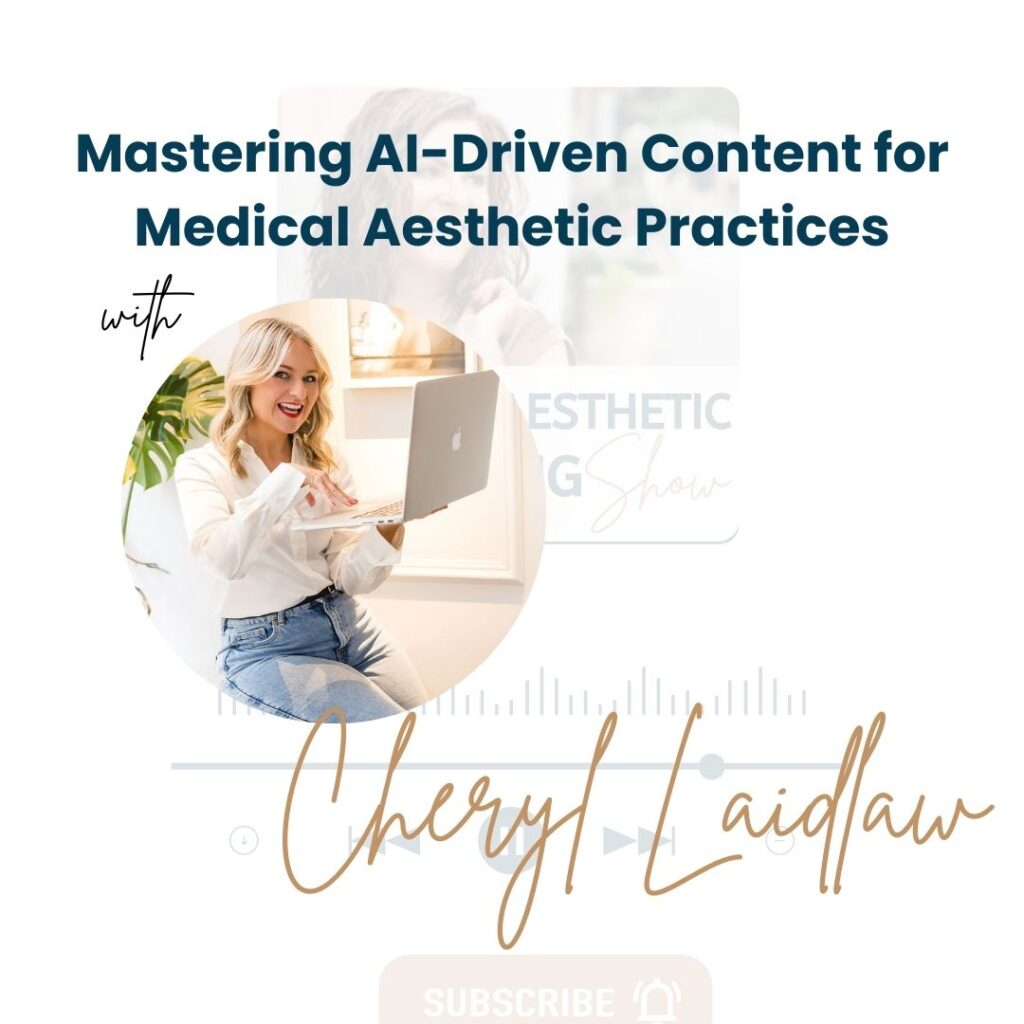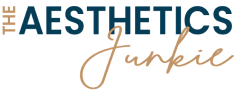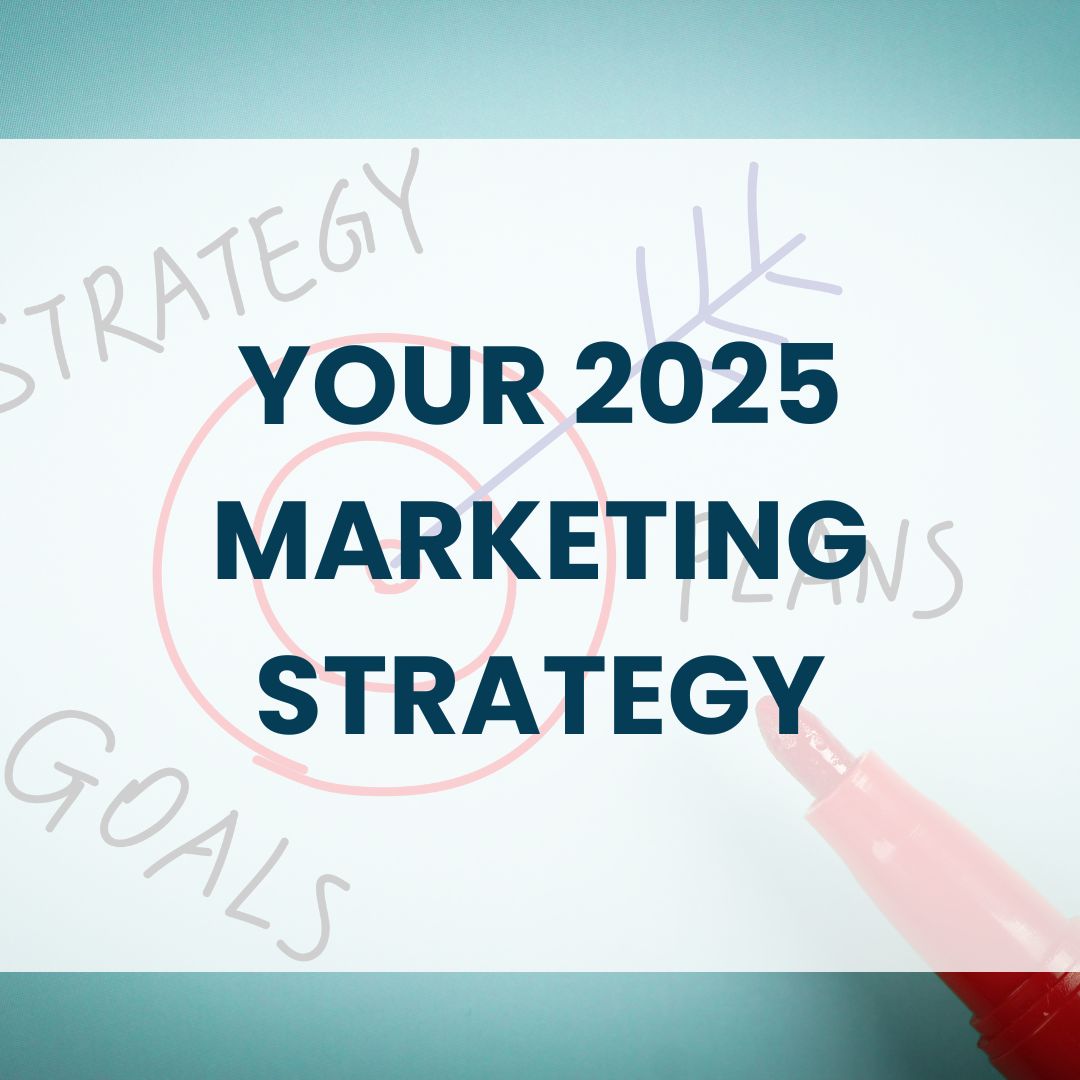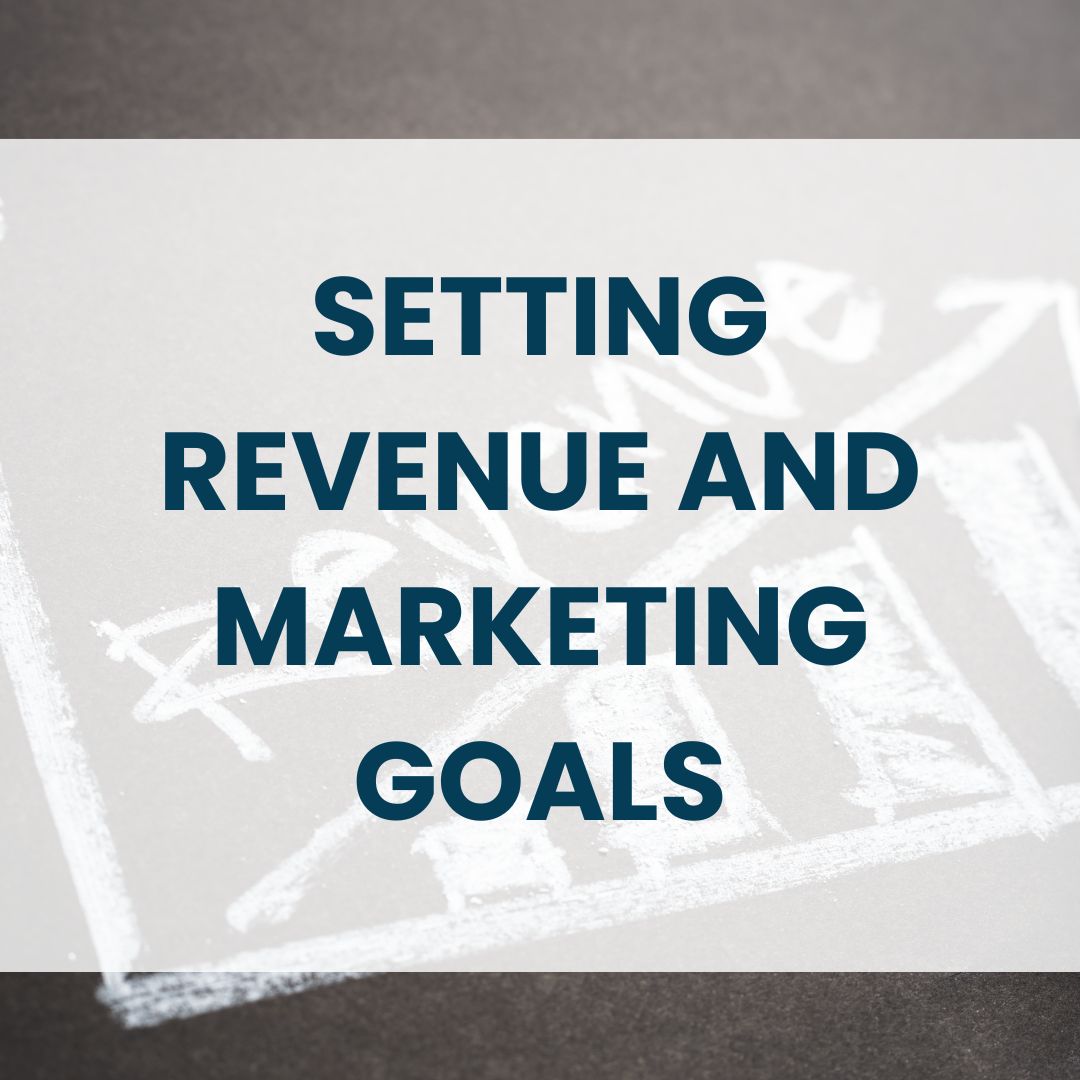In the rapidly evolving landscape of digital marketing, leveraging Artificial Intelligence (AI) is no longer a “nice-to-have” but a “must-have.” With search engines like Google incorporating AI-driven search results, medical aesthetic practices must rethink their SEO and content strategies. In this blog post, we’ll walk you through everything you need to know to master AI-powered content creation. Featuring expert insights from marketing specialist Cheryl Laidlaw, you’ll learn how to stay ahead of the curve and use AI to create content that drives traffic, boosts conversions, and books more consultations.
How AI is Transforming SEO
Gone are the days when traditional SEO tactics alone were enough to get your practice noticed online. Google’s AI-driven search engine now surfaces AI-generated snippets at the top of the results page. Cheryl explains, “We’re still doing the traditional SEO we’ve always done, but now there’s a new layer of complexity because Google’s AI is prioritizing content it believes is most relevant.”
What This Means for Medical Aesthetic Practices
AI snippets now take up valuable space where your organic listing would have been, making competition even fiercer. However, there are new ranking opportunities if your content becomes the source of the information Google’s AI pulls from. This makes it more important than ever to create content that’s fresh, authoritative, and frequently updated.
How to Stay Competitive
- Optimize content to answer common client questions clearly and concisely.
- Publish “How-to” guides and “What to Expect” articles.
- Revisit and refresh older blog posts and web pages to ensure they remain relevant and valuable.
Essential AI Tools for Content Creation
To tackle AI-driven content, you’ll need the right tools in your arsenal.
Recommended AI Tools
- ChatGPT and Claude: Brainstorm blog ideas, write meta descriptions, and analyze competitor content.
- SEMrush and Ubersuggest: Identify high-performing keywords and understand search intent.
- Perplexity AI: Aggregate content from top sources to get inspiration for unique, well-researched blog posts.
Pro Tips for Using AI Tools
When using AI tools to generate content, be strategic with your prompts. For example, instead of simply asking, “Write a blog on Botox benefits,” prompt the AI with: “Write an SEO-optimized blog on 5 unique benefits of Botox for first-time patients. Include a call-to-action at the end.” This approach results in more focused, valuable content tailored to your goals.
How to Create High-Converting AI Content
Creating engaging content isn’t just about ranking on Google—it’s about driving conversions.
Step-by-Step Process
1. Topic Research Use tools like ChatGPT, Claude, or Perplexity AI to research trending topics and customer pain points. For example, ask, “What are the most common concerns for first-time Botox patients?”
2. Generate Headlines and Titles Let AI suggest catchy titles using prompts like, “Generate 10 engaging blog post titles for a Botox service page targeting first-time clients.”
3. Structure the Blog Ask AI to create an outline with headings, subheadings, and word count recommendations. This ensures the final product is well-organized.
4. SEO Optimization Use tools like SEMrush to ensure your target keywords are present throughout. If needed, ask AI to review your meta title, description, and H2 tags for SEO alignment.
5. Add Calls-to-Action (CTAs) Every blog should end with a clear call-to-action. Use AI to craft CTAs that encourage readers to book a consultation or download a free guide. For example, ask AI to “Write 3 persuasive CTAs for a Botox treatment landing page.”
Avoiding Pitfalls of AI-Generated Content
While AI makes content creation faster and easier, it’s not without risks. Cheryl points out that “Every marketer is worried about AI-generated content looking generic or repetitive. If you’re not careful, you’ll end up with content that sounds like every other practice.”
Mistakes to Avoid
- Don’t Copy-Paste AI Responses: AI-generated text can sound robotic, so always edit for tone, empathy, and flow.
- Don’t Ignore User Intent: Focus on user intent to create content that addresses client needs, not just search engines.
- Don’t Forget to Personalize: Personalize the content so it reflects your brand’s tone and style.
Measuring Success of AI-Driven Content
Measuring the success of your content is critical to long-term growth. Track key performance indicators (KPIs) to ensure your content strategy is working.
Key Performance Indicators (KPIs) to Track
- Organic Traffic: How many people are finding you via search.
- Click-Through Rate (CTR): Measure how often people click on your search snippet.
- Dwell Time: Measure how long visitors stay on the page.
- Conversion Rate: Track whether people book a consultation after reading your blog.
Tools for Measuring Success
- Google Analytics: Track user behavior on your website.
- Hotjar: Gain insights into user behavior through heatmaps and session recordings.
Final Thoughts on AI-Driven Content for Medical Aesthetic Practices
AI has changed the game for medical aesthetic practices. From smarter SEO to faster content creation, it’s your key to being visible in search results and driving bookings. As Cheryl Laidlaw says, “AI isn’t here to replace us—it’s here to make us better marketers.”
Next Steps
- Audit your website content using ChatGPT for SEO recommendations.
- Identify your top 5 service pages and use AI to enhance the meta descriptions and CTAs.
- Revisit your Google Analytics account to track the impact of your new AI-driven content strategy.
AI Prompt for Your Website Audit
You are a web design expert, skilled in using your SEO, UX and conversion copywriting skills to evaluate homepages for their ability to both attract and engage visitors. I’m giving you a persona and a full-page screenshot of a homepage. Evaluate the effectiveness of the homepage design using the following best practices. Score the pages alignment with each best practice on a scale of 0-5. 1. Descriptive Headline: The headline should clearly state what the company does in 6-10 words, using the target keyphrase. 2. Brief Introduction: Include a short value proposition that positions and differentiates the business. 3. Clear Call to Action (CTA): Prominent CTA should appear high on the page 4. Navigation Menu: The navigation labels are clear and descriptive 5. Relevant Hero Image/Video: This should be specific to the brand or value proposition. It should be simple, uncluttered and avoid distracting elements like sliders or irrelevant promotions. 6. Visual Trust Signals: The page features client logos, awards, certifications or similar badges or evidence high above the fold. 7. Answers to Key Questions: The homepage should address the personas primary questions and objections, emulating a conversation with a sales rep. 8. Homepage Video: The page includes one or more videos that explain the brand, services, or feature testimonials. 9. SEO and Keywords: The copy is keyphrase-focused, using phrases that are semantically related to the business category and service offerings in natural, non-spammy ways. 10. Faces and Human Elements: The page shows real people, like employees or customers, to create a personal connection. It avoids the use of stock photos of people. 11. Social Proof: Include testimonials or reviews with visuals, avoiding carousels for better visibility. 12. Supportive Data: Present relevant statistics or case studies that strengthen the brand’s credibility. 13. Content Marketing: If present, feature blog posts, events or other content formats are near the bottom of the page. If there is content, a compelling email signup CTA is nearby.

Resources from Cheryl Laidlaw
Website: https://mymedicalwebsite.co.uk
Instagram: @LondonWebGirl
Your Free Resource: https://mymedicalwebsite.co.uk/aestheticsjunkie/
About Our Guest
As an award-winning brand and web designer born and raised in London, I have honed my skills through years of experience specialising in the medical sector. With hundreds of websites under my belt since founding my business, I am dedicated to building incredible websites that not only look great but also convert and attract patients.
As a Judge for ‘The Good Web Guide,’ I have a keen eye for quality and user-friendliness, and I apply these standards to all of my work. I am passionate about dispelling the notion that web designers are unreliable and strive to educate practitioners and clinic owners on how to easily update their websites for continued growth.
In addition to creating websites, I am deeply passionate about AI and its transformative potential. I actively educate practitioners and clinic owners on how AI can revolutionise their practices—streamlining operations, improving patient engagement, and enhancing their online presence. Through webinars, workshops, and personalised consultations, I empower medical professionals to harness cutting-edge tools to stay ahead in an ever-evolving digital landscape.
In pursuit of my mission to enable every practitioner to maximise their website’s potential, I go above and beyond by providing training to every client. With my expertise and guidance, clients feel confident in their ability to use their website effectively, leverage AI innovations, and attract and retain patients.









